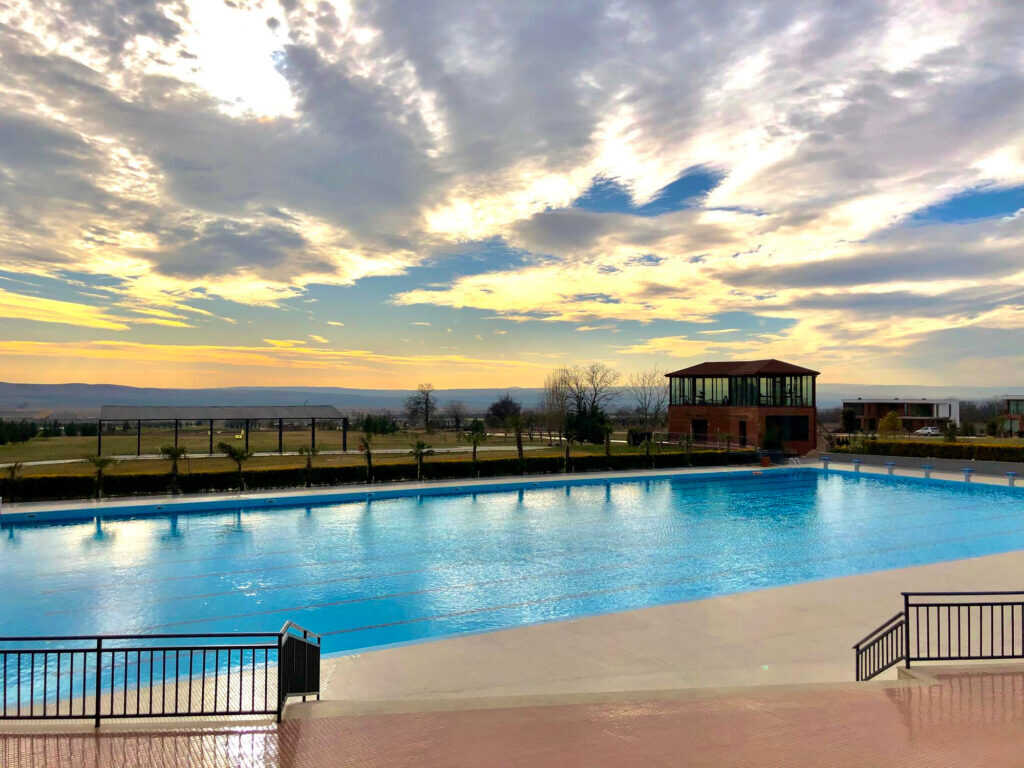Learn the best strategies for adjusting pricing during peak season to maximize your profits while keeping customers satisfied.
The Best Way to Adjust Pricing in the Peak Season
As businesses enter peak season, whether in tourism, retail, or service industries, effective pricing strategies become essential. Adjusting prices can enhance profitability while ensuring customer satisfaction and retention. This post will explore the best ways to adjust pricing during peak seasons, offering practical tips, insights, and strategies to navigate this challenging yet lucrative period.
Peak season often brings an influx of customers, which can lead to heightened demand and potential price adjustments. Understanding how to approach pricing during this time can make a significant difference in your bottom line. This article will provide a comprehensive guide on pricing strategies, data-driven decision-making, and customer engagement techniques that will help you make the most of your peak season opportunities.
Understanding the Importance of Pricing Strategy
Pricing strategy is not just about setting a number; it influences customer perceptions, impacts sales volume, and ultimately determines profitability. During peak season, customer demand typically surges, providing businesses with the opportunity to adjust prices strategically.
Market research indicates that well-timed price adjustments can enhance revenue by as much as 20%. For instance, service-based industries, such as pool maintenance, often experience increased demand in warmer months. Utilizing effective pricing strategies can help capitalize on this demand while maintaining competitive pricing.
Consider this: if your pool service business typically charges $100 for maintenance, during peak season, you might increase that price to $120 without alienating customers. The key is to find a balance that reflects both market conditions and customer expectations.
Data-Driven Pricing Adjustments
Data analytics plays a crucial role in determining the best pricing strategy during peak seasons. Gathering and analyzing historical sales data, customer behavior trends, and competitor pricing can provide valuable insights to inform your adjustments.
For example, if your pool service business notices a consistent spike in demand during summer months, you can adjust your prices based on previous years’ performance. Tools like [Pool Biller Software](https://ezpoolbiller.com/) can help track services and pricing trends, making it easier to strategize effectively.
Additionally, monitoring competitor pricing is essential. If local competitors increase their prices, it may be an opportunity for you to follow suit—especially if you can justify it with added value or superior service. However, if competitors keep prices stable, it may be wise to remain competitive to attract more clients.
Implementing Dynamic Pricing Strategies
Dynamic pricing is an effective strategy during peak seasons, allowing businesses to adjust prices based on real-time demand. This approach can maximize revenue and optimize sales. Implementing such a strategy requires a solid understanding of market conditions and client behavior.
For example, if you run a pool service business, you might consider raising prices on weekends when demand is highest while offering discounts during weekdays to maintain customer flow. This pricing flexibility can lead to increased overall revenue and better resource allocation.
Additionally, consider tiered pricing models, where you offer multiple service levels at different price points. Clients can choose a package that suits their needs, encouraging them to opt for higher-value services during peak season. This method can significantly enhance profitability while catering to a broader customer base.
Communicating Value to Customers
Effective communication is vital when implementing pricing changes, particularly during peak seasons. Customers need to understand the value they are receiving for the adjusted pricing. Highlighting the benefits of your services, such as enhanced features, superior customer support, or exclusive seasonal offers, can mitigate potential backlash.
For instance, if you increase your pool cleaning service fee during peak season, consider adding value through additional services like pool chemical testing or emergency repairs at no extra cost. This not only justifies the price increase but also enhances client satisfaction.
Using platforms like [Pool Biller Software](https://ezpoolbiller.com/) for invoicing can help present detailed breakdowns of services rendered. Transparent communication fosters trust and loyalty, encouraging clients to remain with your business despite price adjustments.
Best Practices for Seasonal Price Adjustments
When adjusting prices during peak season, consider the following best practices to ensure a smooth transition:
- Conduct thorough market research to understand your competitors’ pricing strategies.
- Utilize customer feedback to gauge reactions to price changes and adjust accordingly.
- Implement gradual price increases to minimize customer churn.
- Offer promotions or loyalty rewards to returning customers.
- Regularly review and analyze pricing strategies post-peak season to refine future approaches.
By implementing these best practices, you can maintain competitiveness while maximizing profits during peak seasons. Such strategies not only enhance financial outcomes but also build long-term customer relationships.
Engaging with Customers During Peak Season
Customer engagement is vital during peak seasons, as clients are more likely to seek services. Ensure that your marketing efforts, such as newsletters and social media campaigns, highlight your services and seasonal promotions. Engaging with your audience can lead to increased brand visibility and higher conversion rates.
Use platforms like [Pool Biller Software](https://ezpoolbiller.com/) to send automated reminders about service appointments or special offers. This not only helps in keeping clients informed but also reinforces their loyalty to your brand.
Moreover, consider hosting promotional events or customer appreciation days during peak seasons. Engaging with your clients face-to-face can foster community and strengthen customer relationships, encouraging them to choose your services over competitors.
Leveraging Technology to Optimize Pricing
Embracing technology can significantly enhance your ability to adjust pricing effectively during peak seasons. Software solutions can automate many aspects of the pricing strategy, from invoicing to customer management. By utilizing a comprehensive [pool service software](https://ezpoolbiller.com/), you can streamline processes and gather valuable insights.
Automation tools can help analyze customer data, predict demand fluctuations, and optimize pricing accordingly. For example, if your software alerts you to high demand for pool cleaning services, you can implement pricing changes immediately based on real-time data.
Incorporating technology not only saves time but also helps in making informed pricing decisions that can lead to increased revenue. By leveraging modern tools effectively, your pool service business can thrive even during peak times.
Case Studies and Real-Life Applications
Analyzing case studies of businesses that successfully adjusted pricing during peak seasons can provide valuable insights. For instance, a pool maintenance company in Florida noticed a 30% increase in service requests during summer. They implemented dynamic pricing, raising rates by 15% during peak times while offering discounts for early morning appointments.
This strategic approach not only increased revenue but also allowed them to manage their workload effectively. Clients appreciated the option for discounted services, which led to enhanced customer loyalty and referrals.
Another successful strategy involved a small pool cleaning service that focused on customer engagement. By sending out seasonal newsletters that provided pool care tips, they coupled advice with promotional offers. This proactive approach not only showcased their expertise but also encouraged existing customers to utilize their services during peak demand, resulting in a remarkable increase in bookings.
Evaluating the Effectiveness of Pricing Adjustments
Post-peak season, it is crucial to evaluate the effectiveness of your pricing adjustments. Analyze sales data, customer feedback, and overall profit margins to determine whether your strategies met business goals. This analysis will provide insights into what worked well and what could be improved for future seasons.
Using your [pool route software](https://ezpoolbiller.com/) to generate reports can facilitate this evaluation. By reviewing performance data, you can identify trends and refine your pricing strategies, ensuring better outcomes in subsequent peak seasons.
Additionally, maintaining open communication with your clients to gather their feedback on pricing changes can provide valuable insights. Understanding customer perceptions and satisfaction levels can help you adjust future strategies that align with client expectations and market conditions.
Conclusion
Adjusting pricing during peak season is a crucial aspect of maximizing profitability while maintaining customer satisfaction. By implementing data-driven strategies, leveraging technology, and communicating effectively with customers, businesses can navigate the complexities of peak season pricing successfully.
As we have discussed, the key to effective pricing adjustments lies in understanding market dynamics, utilizing dynamic pricing strategies, and fostering strong customer relationships. With these insights and tools, your pool service business can thrive in the competitive landscape, ensuring continued success during peak seasons and beyond.
Sign up for [EZ Pool Biller](https://ezpoolbiller.com/) today to streamline your billing process, optimize pricing strategies, and enhance your overall business performance!




